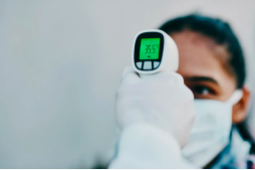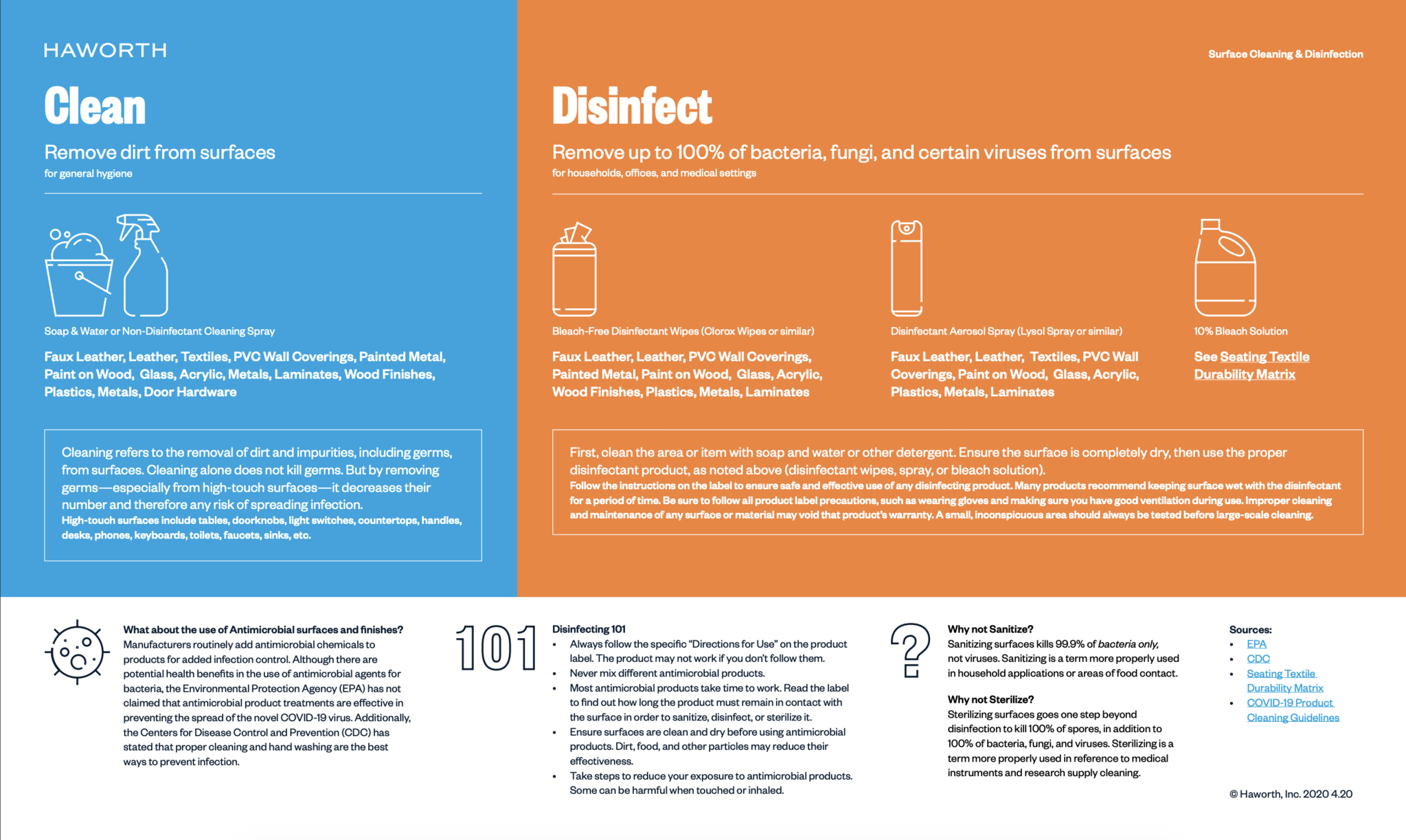Temperature screening is one of the method to measure
if people are suspicious of COVID-19 carriers.
This blog is about how to set up temperature screening system at your workplaces step by step.
COVID-19 has varieties of symptoms, but fever is easy to measure instantly even at stores and workplaces.
Some supermarkets and stores started screening their customer’s body temperatures wen they enter the store.
Major symptoms of COVID-19
- Fever or chills
- Cough
- Shortness of breath or difficulty breathing
- Fatigue
- Muscle or body aches
- Headache
- New loss of taste or smell
- Sore throat
- Congestion or runny nose
- Nausea or vomiting
- Diarrhea
With the encouragement of the Centers for Disease Control and Prevention (“CDC”) and some state
and local governments, and in light of the blessing of the Equal Employment Opportunity Commission (“EEOC”),
more employers are now considering the implementation of daily temperature screening before employees enter the workplace.
Step 1: Decide who will be screened and who will do the screening
Some employers are screening only critical infrastructure workers, other employers are screening all employees.
And often are also screening any contract workers and visitors who enter the workplace,
unless doing so would be virtually impossible (e.g., a grocery store screening all customers).
The options for who will do the screening range from the employee taking
their own temperature and showing the thermometer’s results to a screener,
to having one or more designated employees assigned this task, to using third party contractors with healthcare backgrounds.

Step 2: Consider safety requirements
When implementing a screening process, employers must comply with applicable federal, state
and local health and safety laws to protect employees from potential workplace hazards.
The federal Occupational and Safety Health Administration (“OSHA”) would require an employer
to conduct an assessment of potential risk factors and hazards associated with the screening process,
and determine the appropriate PPE to issue to employees conducting temperature screenings.
OSHA’s recently promulgated Guidance on Preparing Workplaces for COVID-19 helps employers
classify their workplaces by risk, from “Very high,” to “Low.”
The higher the exposure risks, the greater levels of controls and
protections OSHA recommends an employer implement.
Step 3: Determine which type of thermometer will be used.
There are many thermometer options.
When selecting a thermometer, employers should consider the availability of different types of thermometers.
Taking into account the number of employees you expect to screen each day and the number of screeners you will use,
the accuracy of the thermometer, and the ease of use.
A non-contact infrared thermometer with auto-measurement reduces the need for physical contact.
We have a recommendation for your workplace!
This kiosk type of thermometer is suitable for medium to large size offices.









